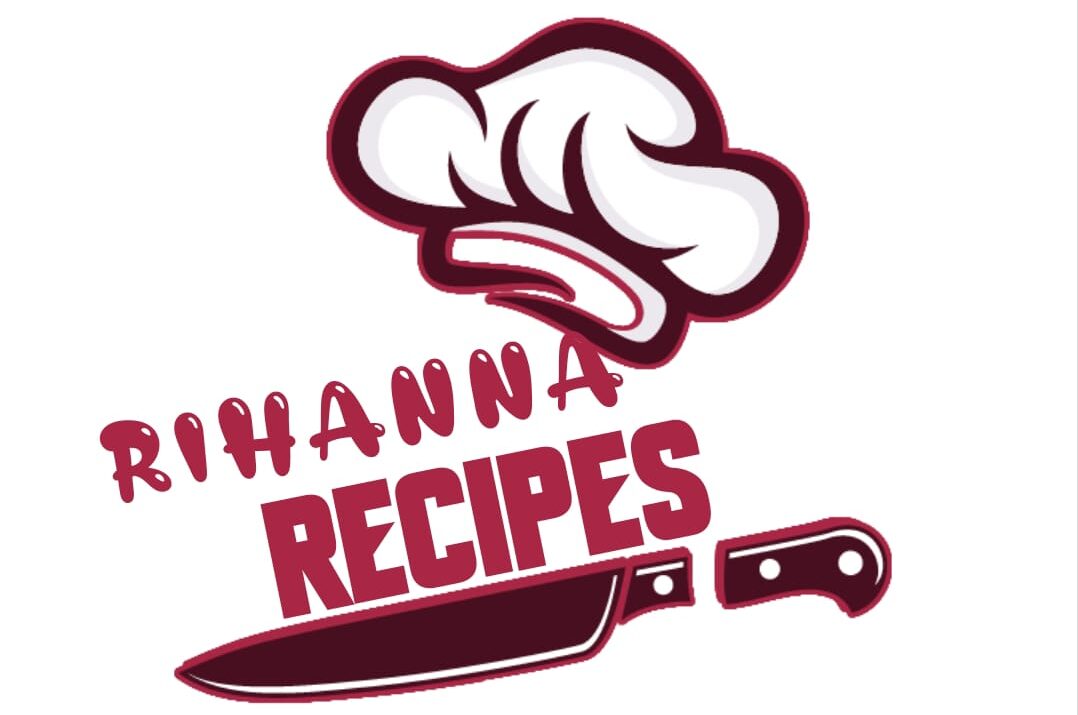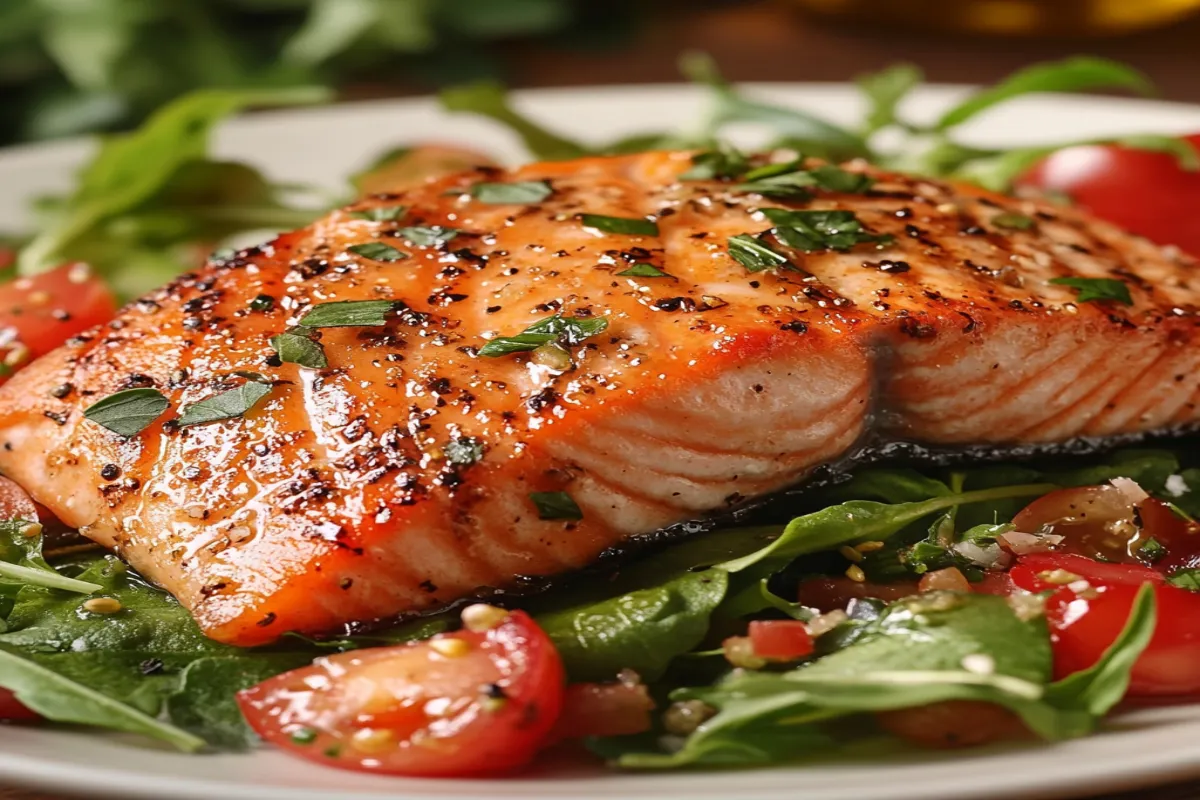Salmon is a popular and versatile fish that has been consumed for centuries due to its rich flavor and nutritional value. Whether baked, grilled, or smoked, salmon is a staple in many households. However, one of the most common concerns for those who prepare salmon at home is determining how long their leftover salmon will stay good.
In this comprehensive guide, we’ll explore the best practices for storing leftover salmon, how to tell if it has gone bad, and how to extend its shelf life through freezing. We’ll also look at the health benefits of eating salmon and answer some frequently asked questions (FAQs) to give you everything you need to know about enjoying your salmon safely.
How Long is Leftover Salmon Good in the Fridge?
If you’ve cooked too much salmon and need to store the leftovers, the first question that comes to mind is likely: How long is leftover salmon good for in the fridge? According to the USDA, cooked salmon can last between 3 to 4 days when stored in the fridge. However, this timeframe depends heavily on how the salmon was prepared and how it’s stored.
Here are a few factors that can influence how long your leftover salmon will remain safe to eat:
- Freshness at the time of cooking: The fresher your salmon was before cooking, the longer it will last in the fridge. If the fish was close to its expiration date when cooked, it will spoil faster.
- Storage method: Always store your leftover salmon in an airtight container or wrap it tightly in plastic wrap or aluminum foil. This prevents air and moisture from entering and spoiling the fish.
- Refrigerator temperature: Your fridge should be set to 40°F (4°C) or lower to slow down bacterial growth and keep your salmon fresh for as long as possible.
For more detailed guidelines on how long cooked salmon lasts, you can visit how long cooked salmon lasts in the fridge. Proper storage is key to making sure your salmon doesn’t go to waste and stays safe to eat.
Extending the Shelf Life of Leftover Salmon
If you know you won’t be able to eat your leftover salmon within 3 to 4 days, you may want to consider freezing it. Freezing salmon is an effective way to prolong its shelf life, and it can stay good for several months in the freezer. However, the freezing process should be done properly to ensure that the quality of the salmon remains intact.
Tips for Storing Salmon in the Fridge
If you plan to eat your leftover salmon within a few days, here are some storage tips to help keep it fresh:
- Wrap the salmon tightly: Whether you’re using plastic wrap, aluminum foil, or an airtight container, it’s important to seal the salmon tightly to prevent air from spoiling it.
- Keep it on the coldest shelf: Store the salmon on a shelf near the back of the fridge, where it’s coldest.
- Avoid cross-contamination: Store the salmon separately from other foods, especially raw meat and vegetables, to prevent cross-contamination.
Smoked Salmon: How Long Does It Last?
Smoked salmon is another popular preparation that can have a different shelf life than cooked salmon. Thanks to its curing process, smoked salmon can last longer in the fridge when unopened. However, once the package is opened, it must be consumed relatively quickly.
- Unopened smoked salmon can last 1 to 2 weeks in the fridge. The vacuum-sealing process helps preserve the fish by preventing air from spoiling it.
- Opened smoked salmon should be consumed within 5 to 7 days to ensure it’s still safe to eat.
It’s important to always store smoked salmon in the fridge at 40°F (4°C) or lower. While it may seem tempting to leave it out, smoked salmon can spoil quickly at room temperature.
For more information on whether you can eat salmon after a certain period of time, check out can you eat salmon 5 days after cooking.
Signs That Salmon Has Gone Bad
Knowing how long leftover salmon is good for is only part of the equation. It’s equally important to recognize the signs that your salmon has gone bad. Eating spoiled fish can lead to foodborne illnesses, which can cause symptoms such as nausea, vomiting, and stomach cramps. Here are some common signs to watch out for:
1. Discoloration
Fresh salmon has a vibrant pink or orange hue. Over time, as it begins to spoil, the color will become dull or grayish. If your leftover salmon looks discolored or has dark spots, it’s a sign that it’s no longer safe to eat.
2. Unpleasant Odor
One of the clearest indicators that salmon has gone bad is its smell. Freshly cooked salmon should have a mild, almost sweet aroma. If it smells overly fishy, sour, or like ammonia, it has likely spoiled. When in doubt, use your nose – if it doesn’t smell right, it’s best to toss it out.
3. Texture Changes
Fresh salmon should be firm to the touch. As it spoils, the texture may become mushy, slimy, or sticky. These changes indicate that bacteria have started to grow on the fish, and it should not be consumed.
4. Mold or Drying
Any signs of mold are a sure sign that the salmon is no longer good to eat. Additionally, if the salmon looks dry or flaky, it may have lost too much moisture and could be unsafe.
It’s always better to err on the side of caution. If you notice any of these signs, it’s best to throw the salmon away rather than risk eating spoiled food.
Can You Freeze Leftover Salmon?
Yes, freezing leftover salmon is a great way to extend its shelf life. When properly frozen, cooked salmon can last for 2 to 3 months in the freezer while retaining its quality. Here’s how to properly freeze salmon to maintain its texture and flavor:
1. Wrap the Salmon Tightly
Before freezing, wrap the salmon tightly in plastic wrap or aluminum foil. Alternatively, you can place it in an airtight freezer-safe container or use a vacuum sealer to remove all the air. This step is crucial in preventing freezer burn, which can dry out the fish and negatively affect its texture.
2. Label with the Date
It’s important to label the salmon with the date it was frozen. This way, you can keep track of how long it has been stored and ensure you use it before it loses quality.
3. Freeze in Portions
If you have a large portion of salmon, consider dividing it into smaller pieces before freezing. This allows you to thaw only what you need, rather than the entire portion, minimizing waste.
Thawing Frozen Salmon
When you’re ready to eat your frozen leftover salmon, it’s best to thaw it in the fridge overnight. This slow thawing method ensures that the salmon maintains its texture and flavor. Avoid thawing at room temperature, as this can promote bacterial growth.
Reheating Leftover Salmon Safely

If you plan to reheat your leftover salmon, it’s important to do so safely to avoid drying it out or compromising its quality. Here are a few methods for reheating salmon:
1. Oven Method
The oven is one of the best methods for reheating salmon while preserving its moisture.
- Preheat the oven to 275°F (135°C).
- Place the salmon on a baking sheet and cover it with foil to retain moisture.
- Heat for 15 to 20 minutes, or until the salmon reaches an internal temperature of 165°F (74°C).
2. Stovetop Method
Reheating salmon on the stovetop is quick and effective:
- Heat a nonstick skillet over medium heat.
- Add a splash of water or broth to the pan to prevent the salmon from drying out.
- Place the salmon in the skillet and cover with a lid.
- Heat for 3 to 5 minutes until warmed through.
3. Microwave Method
While the microwave can be used to reheat salmon, it may cause the fish to become tough or dry. If you’re in a hurry, use the following method:
- Place the salmon on a microwave-safe plate.
- Cover it with a damp paper towel to retain moisture.
- Heat on medium power for 30-second intervals until warmed through.
Alternative: Eating Cold Salmon
If you don’t want to reheat your leftover salmon, consider eating it cold. Salmon is delicious when chilled and can be used in salads, sandwiches, or even cold pasta dishes. Eating cold salmon also prevents it from drying out during the reheating process.
Health Benefits of Eating Salmon
In addition to being delicious, salmon is packed with nutrients that provide a wide range of health benefits. It’s one of the best sources of omega-3 fatty acids, which play a crucial role in supporting heart health and reducing inflammation. Here are some of the key health benefits of consuming salmon:
- Rich in Omega-3 Fatty Acids: These essential fatty acids are known to reduce the risk of heart disease, lower blood pressure, and improve brain function.
- High-Quality Protein: Salmon is a great source of high-quality protein, which is essential for muscle repair and overall body function.
- Loaded with Vitamins: Salmon is rich in B vitamins, vitamin D, and selenium, all of which support the immune system, boost energy levels, and promote healthy skin.
If you want to learn more about the benefits of salmon, explore our detailed article on the health benefits of omega-3 in salmon.
FAQs
How long does cooked salmon last in the fridge?
Cooked salmon can last 3 to 4 days in the fridge if stored properly in an airtight container. It’s essential to store the salmon in the coldest part of the fridge to prevent spoilage.
Can you eat cold leftover salmon?
Yes, cold leftover salmon is safe to eat as long as it has been stored correctly within the 3 to 4-day window. It can be used in salads, sandwiches, or cold pasta dishes.
How long can salmon sit out before it goes bad?
Salmon should not be left out at room temperature for more than 2 hours. After that, bacteria start to multiply rapidly, making the fish unsafe to eat.
Is it safe to reheat salmon more than once?
It is technically safe to reheat salmon more than once, but it’s not recommended. Each time you reheat salmon, the quality decreases, and the risk of bacterial growth increases. It’s best to reheat it only once.
Can you tell if salmon has gone bad just by smelling it?
Yes, a strong fishy or sour odor is a common sign that salmon has spoiled. Fresh salmon should have a mild aroma, so if it smells off, it’s best to discard it.
Conclusion
Knowing how long leftover salmon is good for is essential to enjoying it safely and avoiding food waste. By following proper storage guidelines, you can extend the shelf life of your salmon and enjoy its delicious flavor for days after cooking. If you’re ever unsure about the freshness of your salmon, use the signs mentioned above to determine whether it’s still safe to eat.
By using the tips in this guide, you can confidently store, freeze, reheat, and enjoy your leftover salmon without worry. With its rich nutrients and health benefits, salmon is a fantastic addition to any diet – just make sure you handle it with care!

